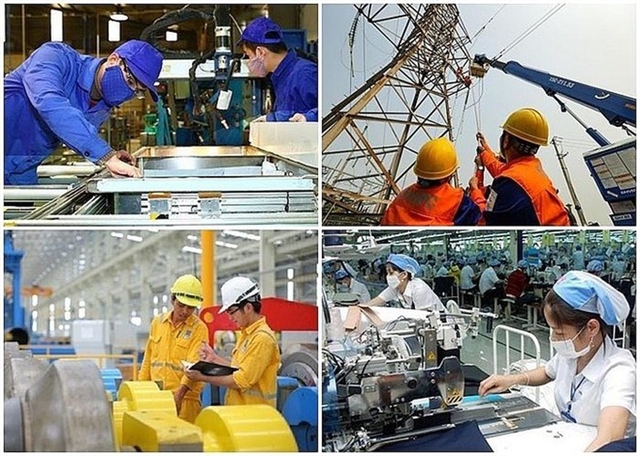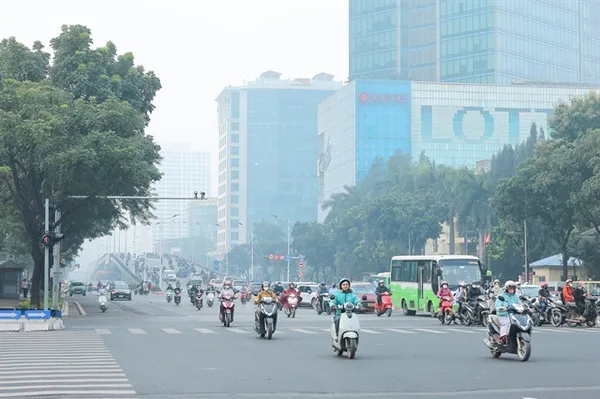 Society
Society

As Industry 4.0 takes hold, one leading labour expert has predicted how the workforce of the future will be divided.
 |
| As Industry 4.0 takes hold, one leading labour expert has predicted how the workforce of the future will be divided.– Photo baodauthau.vn |
HÀ NỘI – As Industry 4.0 takes hold, one leading labour expert has predicted how the workforce of the future will be divided.
Employment expert Lê Quang Trung, believes the highest proportion of people in the workforce will be in personal services and sales (31.62 per cent) followed by workers in manual job (26.5 per cent) then skilled craftsmen (12.47 per cent) and technical workers (12.42 per cent next year.
Trung, Deputy Director of the Employment Department, at the Ministry of Labour, Invalids and Social Affairs (MoLISA) was speaking at an online discussion organised by the Government Portal (chinhphu.vn) in Hà Nội on Friday.
He said recruitment plan for 2019 would continue to increase.
Answering online questions, Trung said with the positive shift of the economy, Việt Nam’s was forecast to continue growing in 2019. The labour market would be shifted with high-skilled workers replacing simple labourers, meaning quality would improve.
According to the trend of Industry 4.0, some industries with great demand, (including technology) are developing at high speed, increasing the demand for staff.
But jobs such as printing technician, machinery assemblers and operators, irrigation engineers, construction engineers, food processors will be difficult to fill.
At the discussion “Labour and employment in the context of the Fourth Industrial Revolution”, Trung said with the general development of the country’s economy, the labour market had been developing towards modernisation and market orientation.
“The legal framework, and labour market policies have been gradually improved,” he said.
“As a result, labourers’ income and wages improved, labour productivity and competitiveness of the workforce also increased.”
Thanks to the implementation of new policies and mechanisms promoting job creation and market development, the MoLISA reported as of September 2018, the unemployment rate at urban areas was 3.1 per cent (against the target of below 4 per cent proposed by socio-economic development plan).
The proportion of workers in the agriculture-forestry-fishery sector decreased from 50 per cent in 2010 to 38.3 per cent in 2018.
However, Việt Nam’s labour market still has challenges, according to Lê Quang Trung.
Labourers mainly work in agricultural areas with low productivity. Basically, Việt Nam is still a market with a surplus of agricultural and rural labourers.
The low job quality has reflected on the low productivity, the high rate of labourers working in vulnerable areas (56.5 per cent of labourers in the country is working in informal jobs).
With low income from employment, a large proportion of labourers do not have access to social insurance, unemployment insurance and occupational safety policy.
At present, only 29 per cent of the labour force in working-age is covered with compulsory social insurance.
The country has nearly 600,000 enterprises, of which 90 per cent are small-and-medium enterprises.
About 96 per cent of small-and medium enterprises are employing under 30 employees, 88 per cent employing less than 10 employees.
The production size of an enterprise was small and it was certain that its capacity was limited, as a result, the labour productivity, workers’ income was low, and their jobs were hardly sustainable, Trung said.-- VNS




